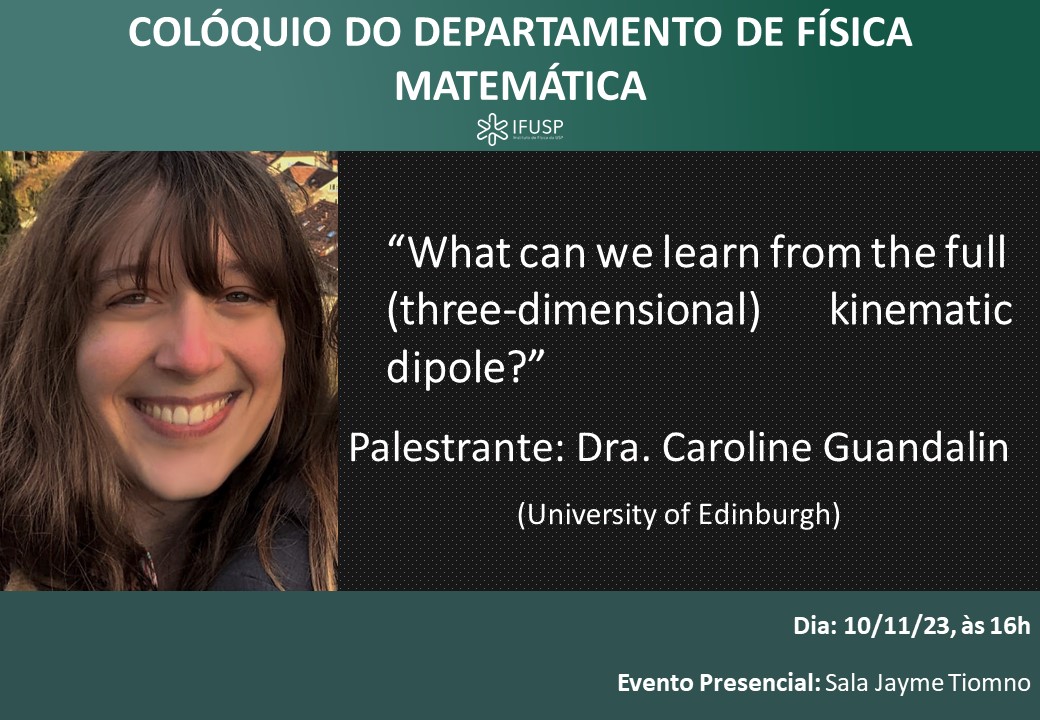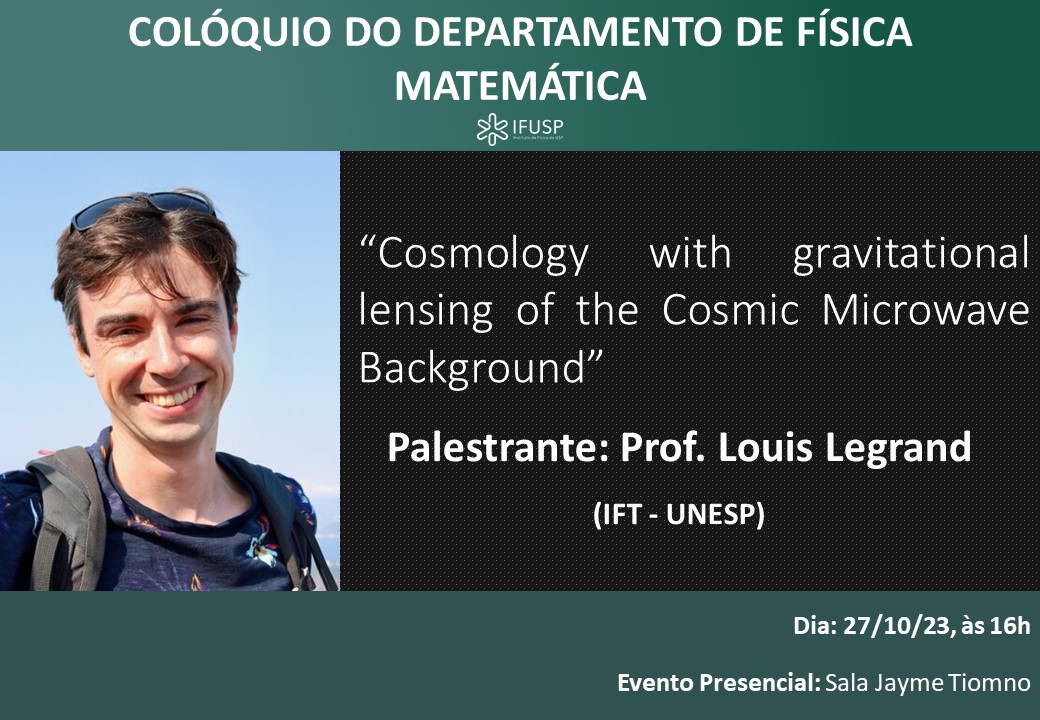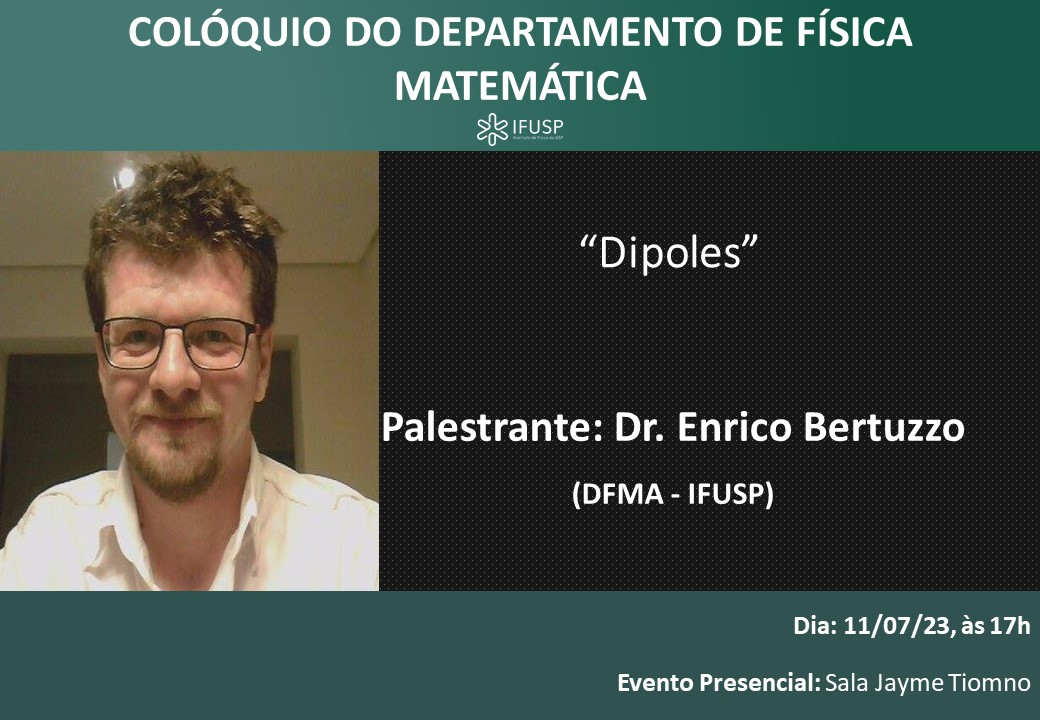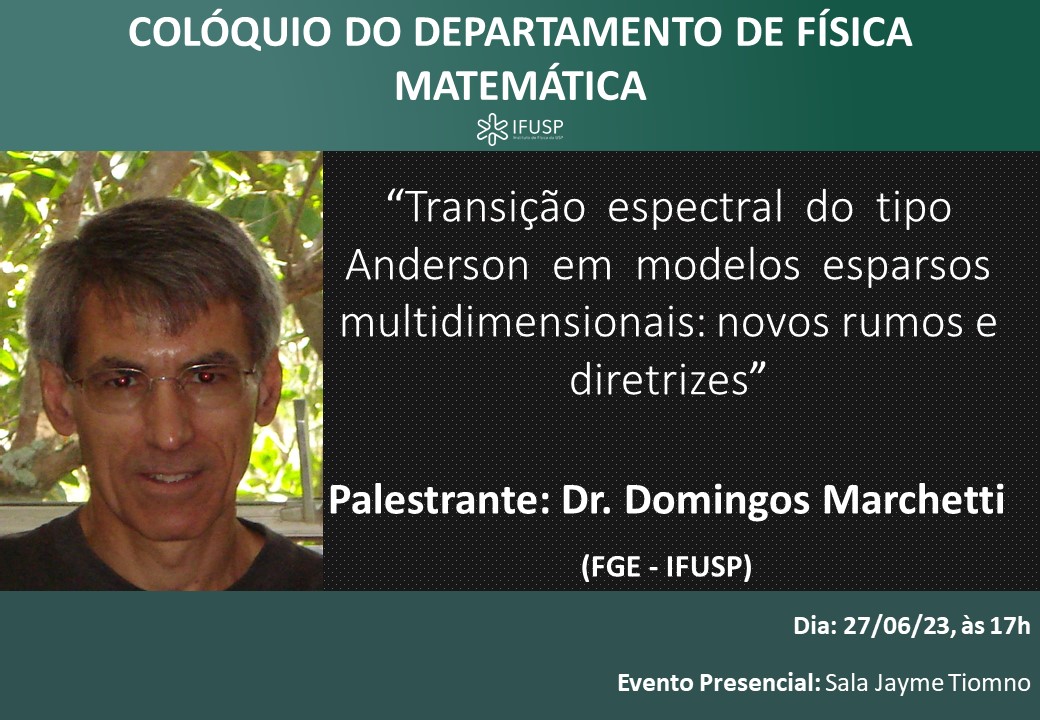Scattering Amplitudes and Classical Observables | Colóquio DFMA
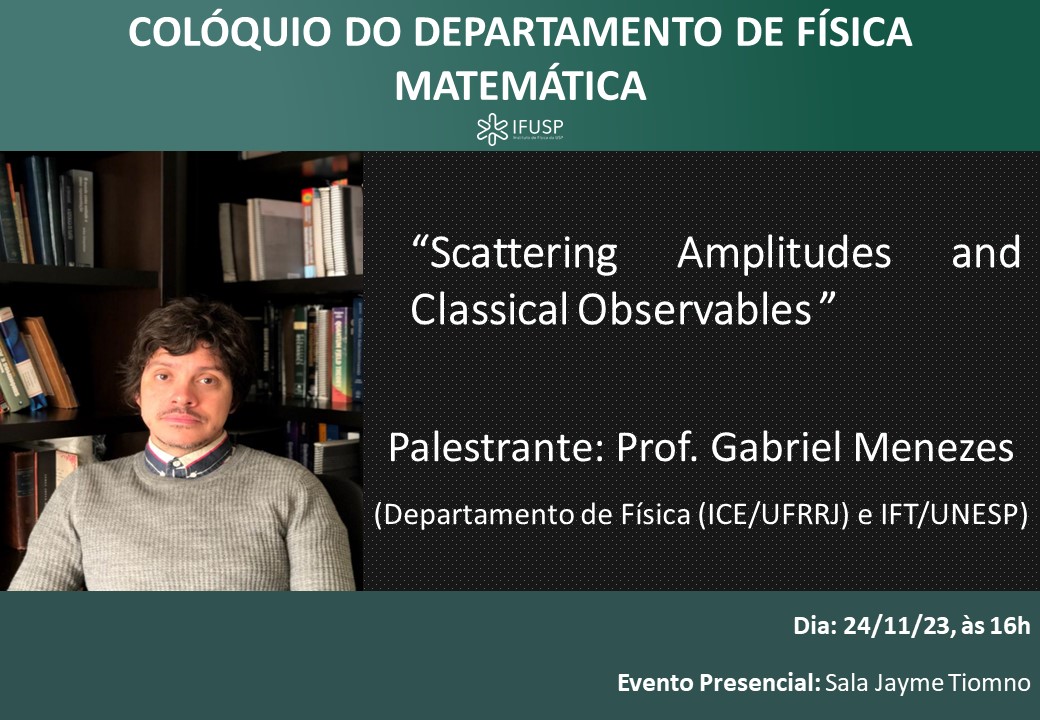
Resumo: Scattering experiments play a key role in the understanding of the fundamental aspects of nature. In this respect, scattering amplitudes have a paramount physical significance through their contribution in the calculation of scattering cross-sections, the primary observables in this context. On the other hand, amplitudes have also been applied successfully to assess features of general-relativistic problems. In this talk I will review some basic techniques which are important in the modern research on scattering amplitudes as well as discussing some current trends and future perspectives, with a particular focus on the black-hole binary dynamics and classical observables.

